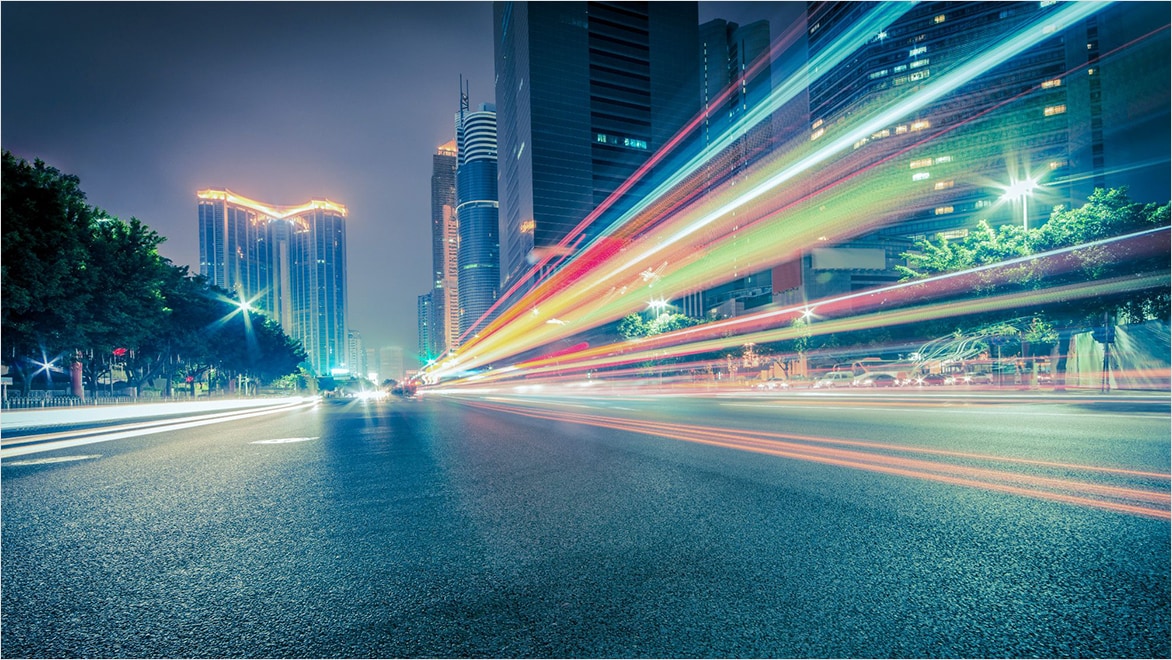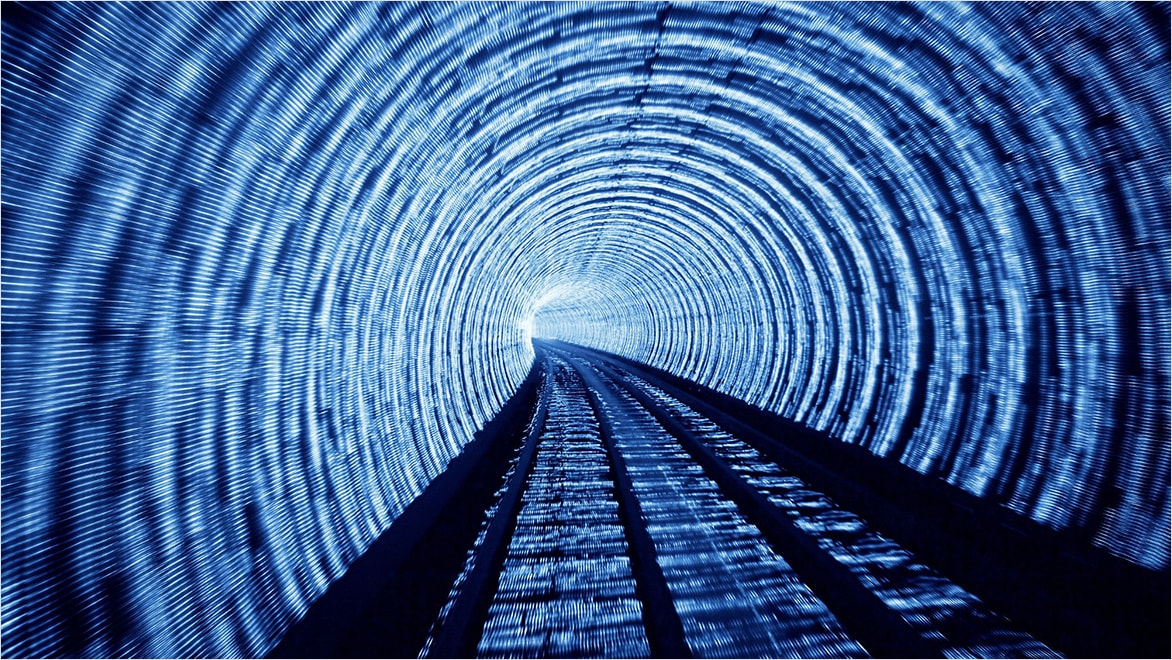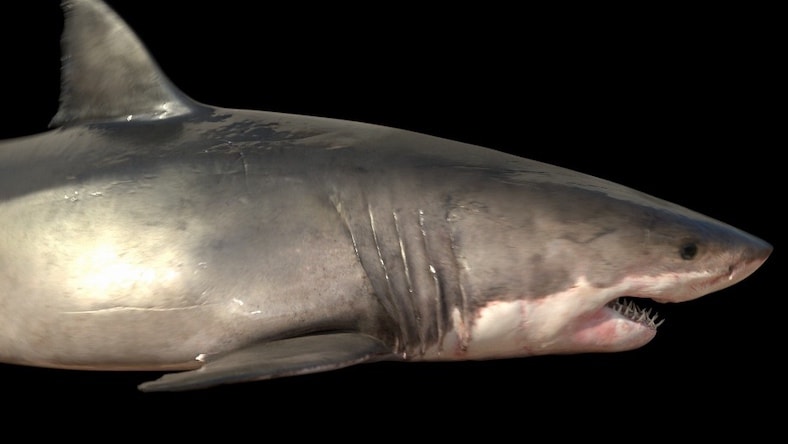& Construction

Integrated BIM tools, including Revit, AutoCAD, and Civil 3D
& Manufacturing

Professional CAD/CAM tools built on Inventor and AutoCAD
In animation and game design, the subtle details, like how objects move, enhance visual storytelling and make a scene believable. One of these details is motion blur—a tool animators and game designers use to replicate how we see motion in real life.
Motion blur is the streaking effect that happens when objects move quickly. On film, motion blur occurs when an object’s position changes during the interval when a camera’s shutter is open, capturing either a single still or a frame in a sequence of video and resulting in a distinctive blurring.
Imagine you’re taking a photo of a fast car. If your camera’s shutter speed is slow, the car appears as a blur, stretching across the image. In real life, we experience something similar with our own eyes. When something moves fast, our vision can’t capture all the details clearly, creating a sense of blur.
Let’s break down how motion blur happens. When light hits a sensor or the retina of your eye, it takes time to process. If an object is in motion, it covers more ground in that time frame, which creates a smearing effect in the final image. This is motion blur.
For computers and game engines, motion blur doesn’t happen automatically. Instead, animators must add a motion blur effect by moving an object across the screen and blending its past and present positions. By doing this, the object appears blurred, simulating our eyes' perception of fast movement in real life.
Using motion blur effect in animation and game design serves two main purposes:
In the real world, our eyes are used to motion blur. When we see fast movements, our brain expects some blurring to occur. If a game or animated film doesn't include motion blur, fast-moving objects might feel unnaturally sharp or jarring. That creates a visual dissonance, pulling us out of the experience. By adding motion blur, designers can replicate the way we see the world, making animations smoother and games more engaging.
While this might seem counterintuitive, motion blur can actually help a game run more smoothly. Games often operate at various frame rates, and lower frame rates can make animations look choppy. Motion blur helps mask these choppy frames by blending movements together, making them appear smoother than they actually are. This allows game designers to maintain visual quality without needing to crank up performance demands, especially on lower-end systems.
In video games, the addition of motion blur can enhance the realism of the animations. Image courtesy of Blind Visual Propaganda.
In animation, motion blur can add depth and realism to scenes, particularly during fast-paced sequences. When a character runs or swings a weapon, the motion blur softens the transition from frame to frame, creating a fluid movement.
Consider the high-speed chase scenes in animated films. Without motion blur, the action would feel disjointed—each frame would seem like a separate image rather than part of a continuous motion. By adding blur, animators can smooth out these transitions, making the action more dynamic and believable.
A well-known example is Pixar’s The Incredibles. In its action-packed scenes, motion blur enhances superhero battles, intensifying punches, leaps, and rapid movements.
In video games, motion blur serves a similar function but also has performance advantages. Games run in real-time, meaning that, unlike pre-rendered animations, the visuals are generated on the fly.
When characters or objects move quickly, especially during combat or racing scenes, motion blur adds a layer of realism, making the gameplay experience more visually pleasing. First-person shooters (FPS) and racing games particularly benefit from motion blur. In FPS games, quick camera movements during combat can be jarring if motion blur isn’t applied. Similarly, in racing games, motion blur is used when vehicles speed past, giving players a sense of speed and momentum.
Too much motion blur can, however, have the opposite effect. In some cases, heavy use of blur may disorient players. Game designers need to strike a balance, applying just enough motion blur to enhance the experience without overwhelming or impeding the player.
When it comes to implementing motion blur, there isn’t a one-size-fits-all approach. Game designers and animators can choose from a few types, depending on the effect they want to achieve:
This type applies blur specifically to moving objects in the scene. For instance, if a car is speeding down the road, only the car would appear blurred while the background stays sharp. This is useful in games where only certain elements need to convey a sense of speed.
This effect simulates the blur you’d see when a camera moves quickly. If the camera pans across a scene, everything in the frame blurs slightly, replicating the real-life effect of moving a camera fast. This type is used in action games and cinematic cutscenes to enhance dynamic camera movements.
This advanced technique takes into account how the human eye perceives motion. Rather than applying a uniform blur, perceptual motion blur adjusts based on how fast objects are moving and where they are in the player’s field of view. It provides a more realistic and refined motion blur, especially in virtual reality (VR) or high-end gaming experiences.
Successful motion blur effect mimics how our eyes see the world. When applied correctly, it creates a smooth experience and offers several benefits:
Today, many live-action films and TV shows use animated visual effects (VFX) to enhance scenes, even if it’s just for color or environmental tweaks. Cameras naturally capture motion blur when objects move quickly, so adding motion blur to animated objects helps make everything look like it belongs together.
Our brains expect to see motion blur because that's how we process fast movement in real life. When video content doesn’t have blur to smooth transitions, fast-moving elements can seem jerky or awkward. This might not be something viewers notice consciously, but it makes the footage feel off.
Motion blur is more than just a technical trick; it helps create emotions in viewers. Using it well can elevate a scene, making the audience feel more connected and immersed in the action.
Sometimes, you need to guide the audience's attention to a specific part of the screen. By blurring the surroundings and keeping the main focus sharp, you naturally draw viewers’ eyes where you want them to look. This technique is especially useful in storytelling, where directing attention is key.
When using motion blur, it’s important to strike the right balance between visual appeal and functionality. Follow the following best practices for good results.
Too much motion blur in games can overwhelm players, especially games with rapid camera movements or constant fast action. In these cases, it's essential to adjust the intensity of the blur or provide an option for players to disable it.
Object motion blur tends to be more visually satisfying and less disorienting than camera motion blur. It’s also easier to control and fine-tune, allowing designers to emphasize specific elements of the game or animation without blurring the entire scene.
Players in different genres have different tolerance levels for motion blur. Racing fans may appreciate heavy blur to enhance the sense of speed, while competitive FPS players might prefer little to no motion blur to maintain accuracy and clarity.
Motion blur can help to hide flaws in your animation or disguise low texture quality, but it can also increase hardware requirements. It’s important to balance quality with performance and ensure motion blur doesn’t slow down the overall experience.
Image courtesy of Leviathan.
Instead of designers having to tweak settings by hand for each scene, AI motion blur algorithms can do it automatically. Motion blur AI looks at how things move and how the light hits them, then applies the right amount of blur to make everything look smoother and more real. This saves animators and game designers time and effort, and it also keeps things consistent. As AI gets smarter, it will not only make fast-moving scenes look better but also help the game or video run more smoothly by adjusting the blur to match the player’s device.
Scale your studio’s rendering and simulation capabilities, while equipping artists with powerful modeling and animation tools
STEFAN LOPUSNY
Fat Tony Studio, led by Stefan Lopusny, creates stunning visualizations for architectural projects. In the short film In Circles, motion blur is used to reduce flickering around fast-moving elements, like spinning tops in a modern kitchen scene. This technique smooths the edges of the moving objects, making the animation feel more polished and realistic.
Image courtesy of Stefan Lopusny
IMPORTANT LOOKING PIRATES
In the 2012 film Kon-Tiki, Stockholm-based VFX team Important Looking Pirates created a highly realistic Great White shark from scratch. They used multiple textures and shading techniques to make the shark look real and applied motion blur to blend it seamlessly with the live-action footage.
Image courtesy of Important Looking Pirates
Explore the complete guide to designing and deploying motion blur in Autodesk Arnold, Autodesk’s 3D rendering tool.
From Autodesk Research, TimeTunnel is a proposed system that makes editing character motion in VR easier by combining the controls for changes in spatial and temporal data.
Explore the 3D design review system that uses motion parallax and cinematic transitions to enhance shape perception. Users can select object features to access relevant dynamic shots, improving the design evaluation.
Motion blur emulates the naturally occurring blurring effect that occurs when objects move too quickly for the human eye to see detail, adding it to animated video content in film, TV, or games.
Motion blur in games has a long and controversial history, and many gamers disable it completely when the game software allows. But like all technologies, motion blur only has a detrimental effect when misused or not implemented correctly. Often, successful motion blur is a careful compromise between frame rate refresh, the hardware available to render it, and global- versus object-based blur control. A skilled director, production company, or studio must decide where best to concentrate the available render power.
Motion blur is related to but not directly connected to frames per second (FPS), and you can apply motion blur effects regardless of the frame rate of your footage or gameplay without necessarily increasing it. Generally, motion blur can make video with a low frame rate look a little more realistic. However, the metric isn’t constant as the FPS increases because at a far higher frame rate, motion can be completely invisible or negatively affect the visual fidelity of the image.
Motion blur is the visual effect where fast-moving objects appear blurred. It's used in animation and game design to mimic the way our eyes see movement in real life, creating smoother, more realistic action.
Motion blur can mask low frame rates by blending frames, making choppy animations appear smoother. This allows games to maintain visual quality without needing high-end hardware for smooth performance.
Yes, excessive motion blur can make fast games disorienting or cause visual discomfort. Players in competitive games may prefer minimal or no blur for better clarity and focus.
Game designers and animators can adjust the intensity by controlling how much blur is applied based on an object’s speed or the camera’s movement. Most games also allow players to tweak or turn off blur in the settings.
Yes, motion blur is computationally intensive and can impact performance. It requires extra processing power to blend moving frames, so optimization is important, especially for low-end hardware.
In 2D animation, motion blur is often hand-drawn or simulated through software, while in 3D animation, it's calculated automatically based on an object’s speed and movement in the scene.
Yes, motion blur can be applied during post-production in both animation and video games. However, in real-time rendering (like games), it’s usually calculated dynamically as objects move.
Object motion blur works best when only specific items are moving fast, like vehicles or characters. Camera motion blur is used when the camera moves quickly, like during fast pans or cutscenes.
No, different game engines handle motion blur differently. The quality and style of blur can vary depending on how the engine processes motion, so results may look different across platforms.
Yes, it’s a good idea. While motion blur adds realism, some players prefer to turn it off for better clarity, especially in competitive or fast-paced games. Offering the option respects player preferences.






